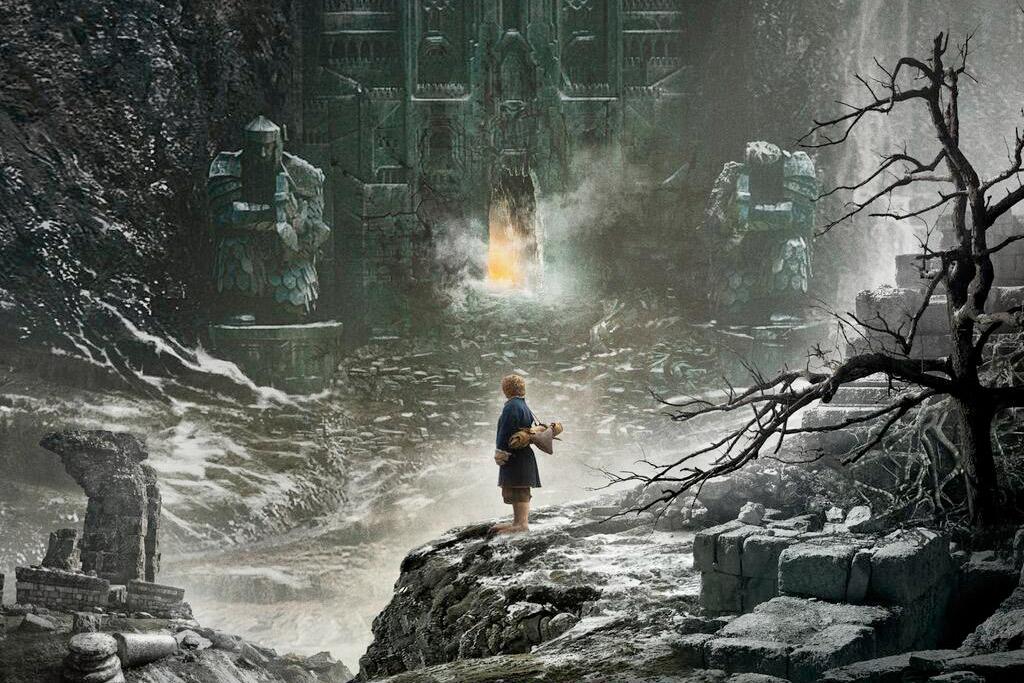“The Hobbit” wows with brilliant cinematography
The film isn’t an exact adaptation of the novel, but fans of the book won’t be disappointed.
After a year of anxious anticipation, the Company of Dwarves has returned in this year’s “The Hobbit: The Desolation of Smaug.” And this time, director Peter Jackson has cranked up the excitement and adventure as audiences get a chance to witness one of J.R.R. Tolkien’s most terrifying creations: Smaug the Magnificent.
After a brief flashback to the Shire’s border town of Bree, the film transitions right to the end of its predecessor, “The Hobbit: An Unexpected Journey,” with the intrepid Bilbo Baggins (Martin Freeman) and Gandalf the Grey (Ian McKellen) racing to escape the clutches of Azog the Defiler (voiced by Manu Bennett). As the Dwarven company make for their homeland, a series of obstacles and mysterious events slow their progress and separate them from the wizard Gandalf, a shift that only serves to exacerbate the party’s circumstances as the film drives on.
One of the most anticipated aspects of this sequel/prequel is the return of Legolas (Orlando Bloom). Beloved in the “Lord of the Rings” trilogy for his bowmanship and brazenness, Legolas’s return was hotly debated, as the character does not actually make an appearance in Tolkien’s original book. Although much of the film has strayed from source text, many of the changes help the movie keep its intense pace and as readers of “The Hobbit,” well know it has more exposition than a Peter O’Toole picture.
Then there’s the movie’s namesake, Smaug. As with Legolas, hardcore Tolkien fans were nervous about seeing such a pivotal figure featured on the big screen—especially after the 1977 Hobbit animated debacle. This time, Smaug is truly a cinematic sight to be reckoned with. Voiced by the incomparable Benedict Cumberbatch, Smaug is no longer a fire-breathing tabby with bat’s wings, but instead a monstrously fearsome wyvern whose animation visually fits into the halls of Erebor, making him one of the LOTR franchise’s most formidable villains.
Throughout the entire film, Peter Jackson manages to meld exert special effects with gorgeous landscapes and sets as he attempts to capture the magic of Middle Earth. Unlike many other highly edited films like “Avatar” or “Life of Pi,” which are done almost entirely with green screen effects, this trilogy portrays an extraordinarily realistic world by blending the real-world geography of New Zealand with incredibly intricate sets and costumes to create an almost plausible realm of Dwarves and Hobbits.
A truly brilliant piece of cinematography, “The Hobbit: The Desolation of Smaug” is a triumphant addition to the Middle Earth film saga. Upon its conclusion, viewers will be burning to see the final chapter in the trilogy’s tale, “The Hobbit: There and Back Again.”








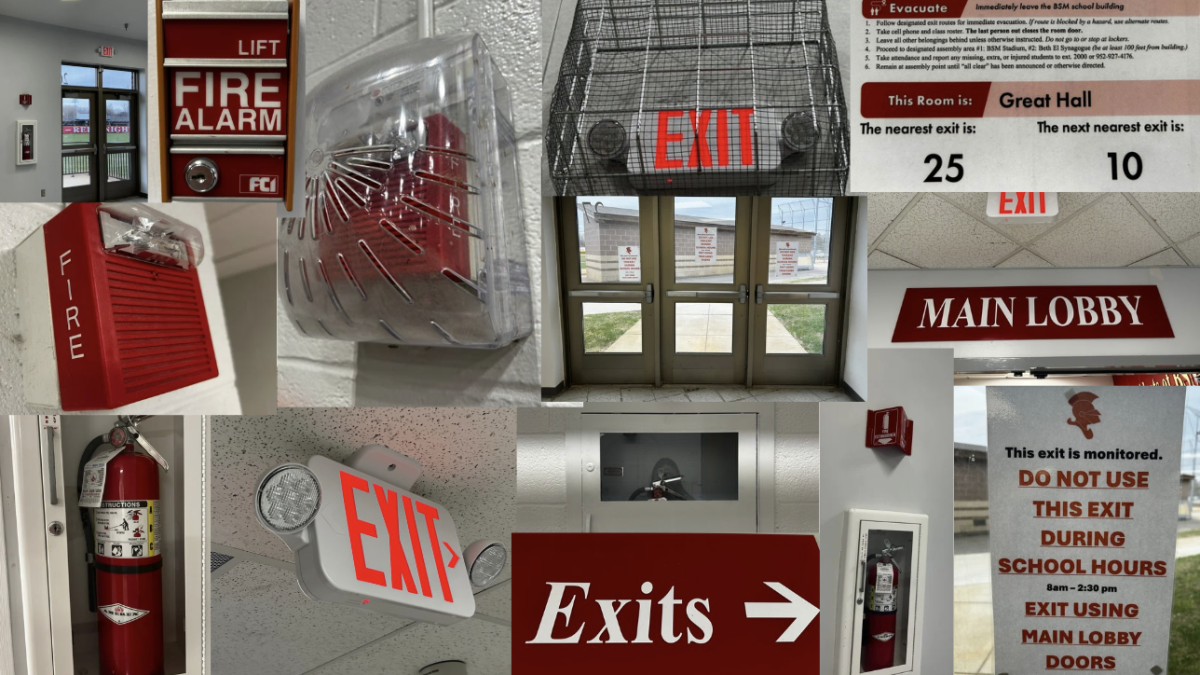
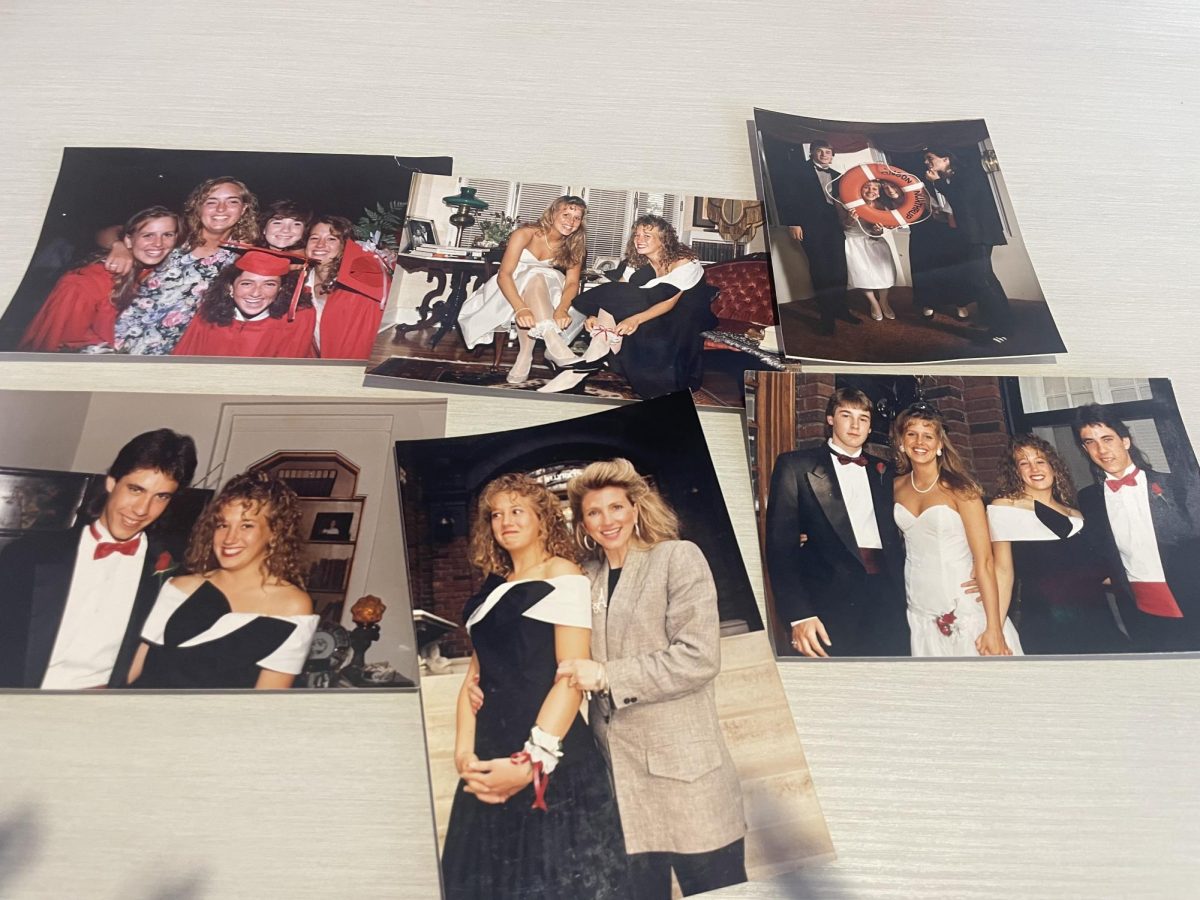
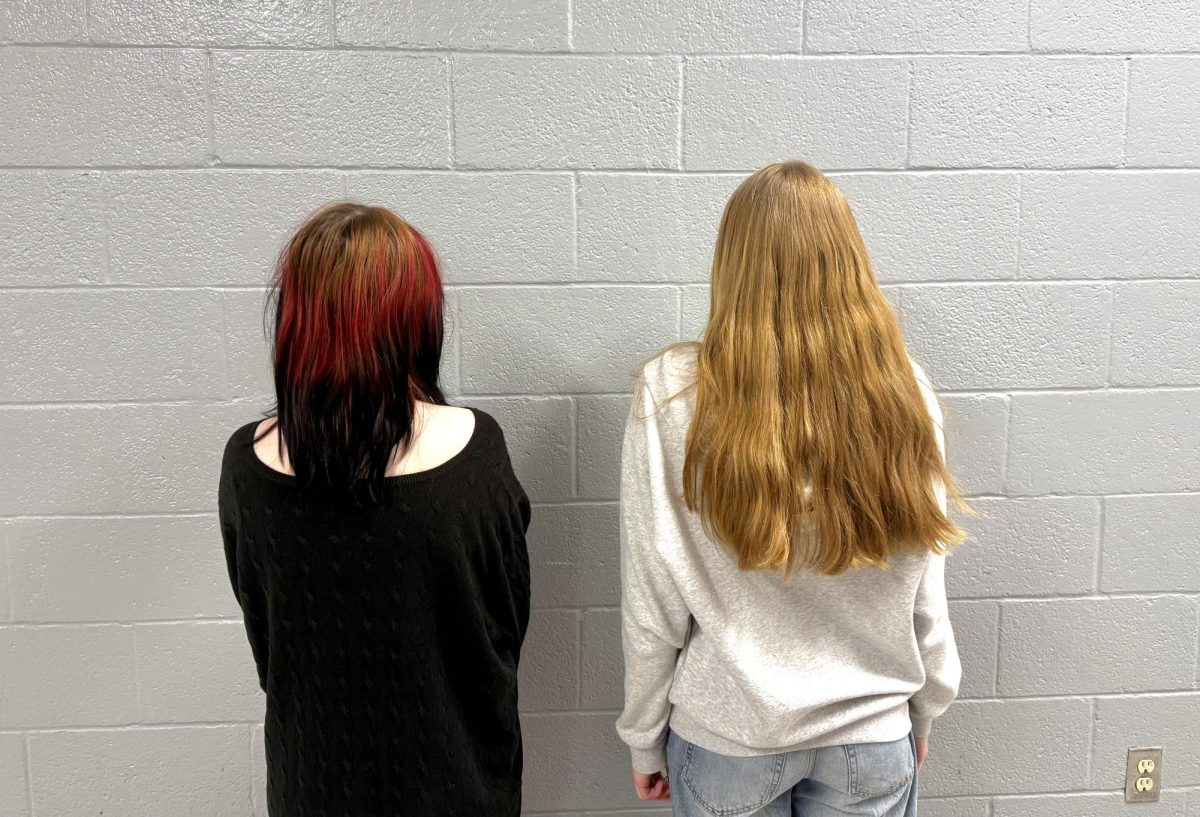














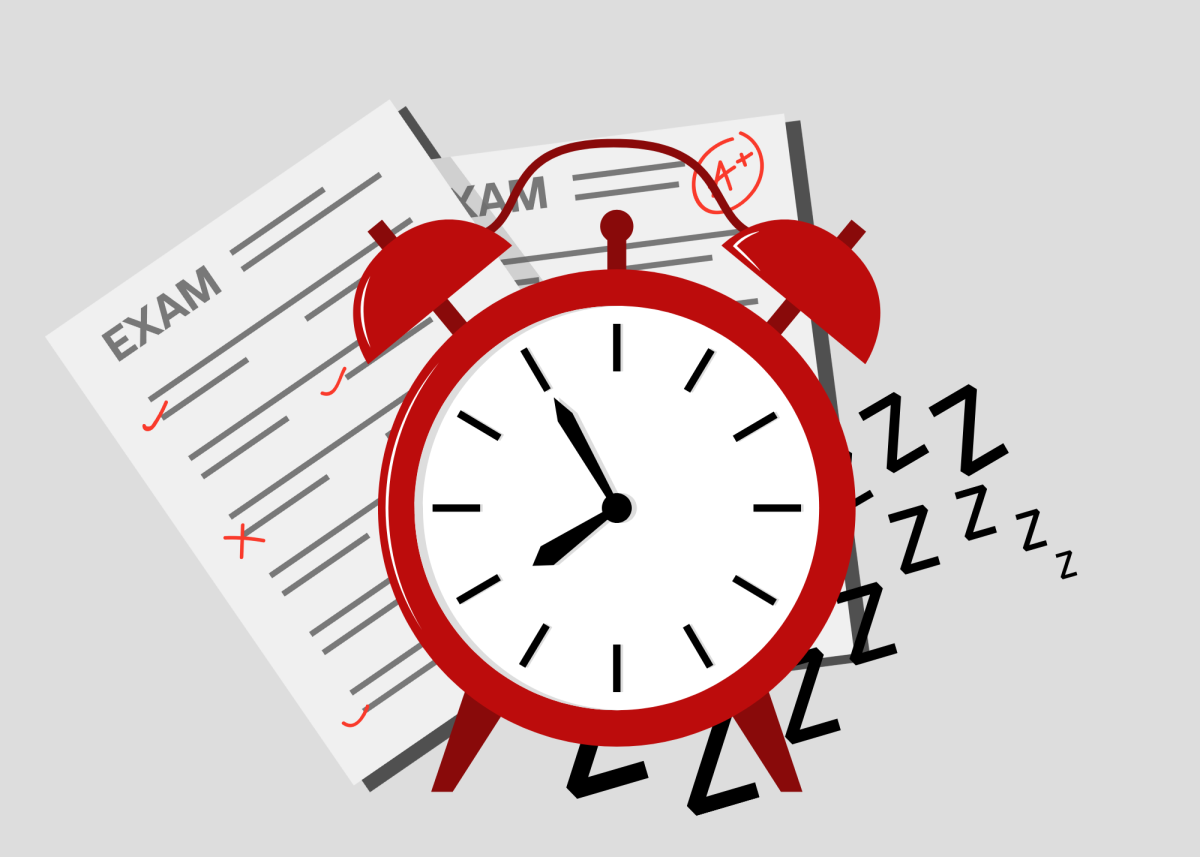










![Teacher Lore: Mr. Hillman [Podcast]](https://bsmknighterrant.org/wp-content/uploads/2025/03/teacherlorelogo-1200x685.png)




